![]() November 27, 2023
November 27, 2023
![]() 3001
3001
![]() 0
0
Mass movements, a category of geomorphic processes, play a significant role in shaping the Earth’s surface. These dynamic events involve the downslope movement of materials, often as a result of gravitational forces, and they contribute to the formation of diverse landforms. Understanding the causes and consequences of mass movements is crucial in assessing geological hazards and landscape development.
Mass movements involve the transfer of rock debris down the slope under the direct influence of gravity that influences all matter, from bedrock to weathering products.
Preceding Causes of Mass Movements:
|
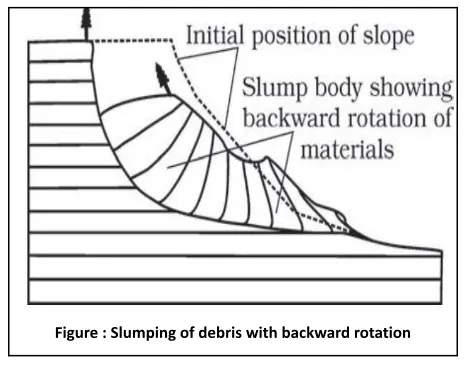
The landscape undergoes continuous transformation through two fundamental processes:
weathering and erosion, giving rise to various landforms, as listed below:
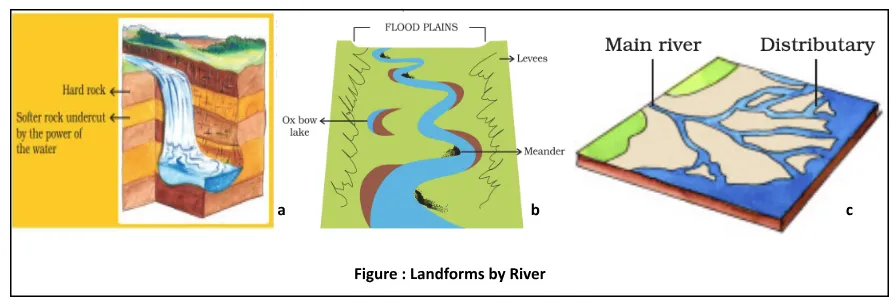
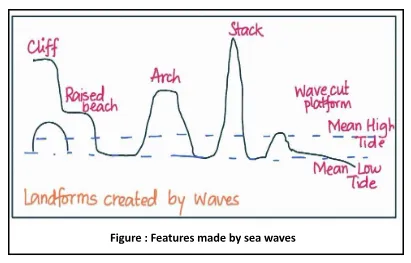
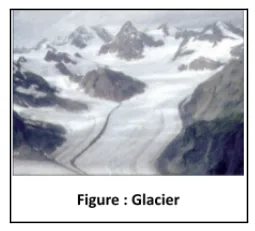
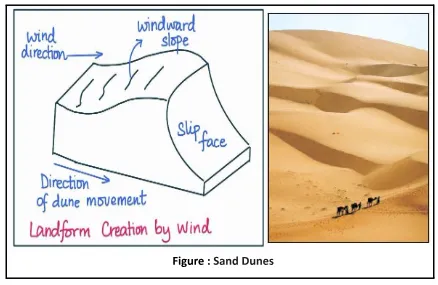
<div class="new-fform">
</div>
Latest Comments